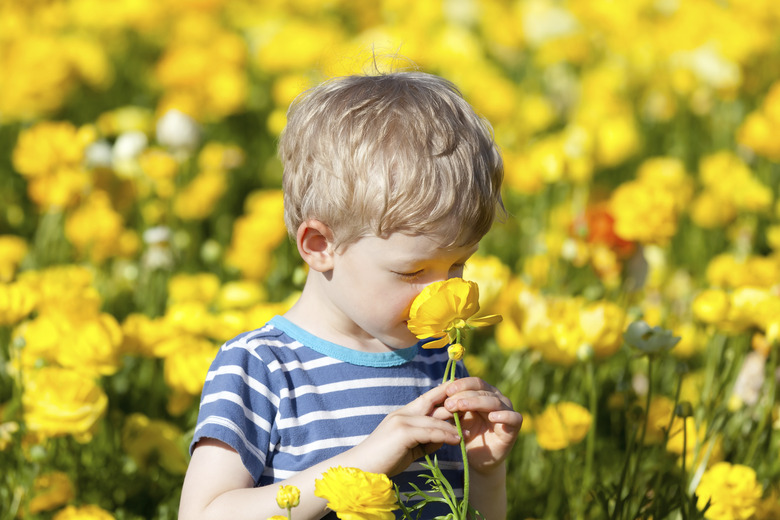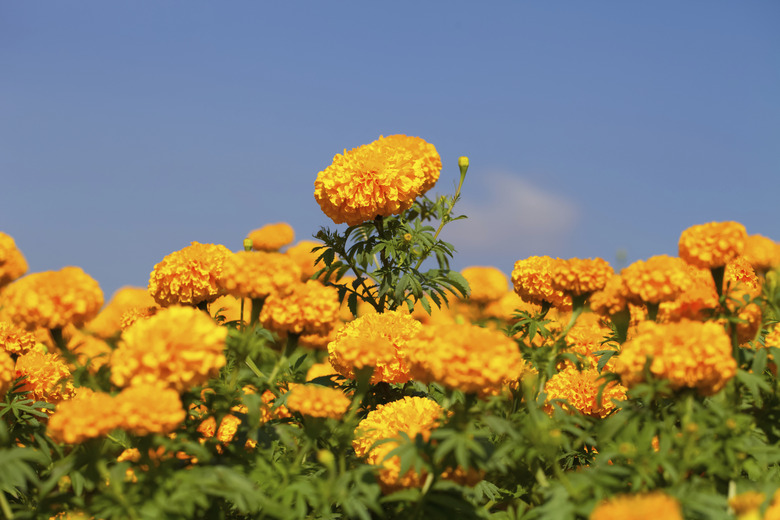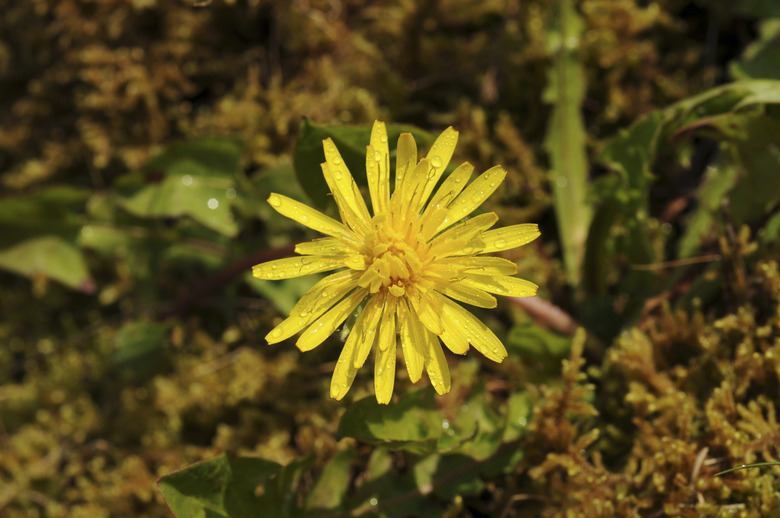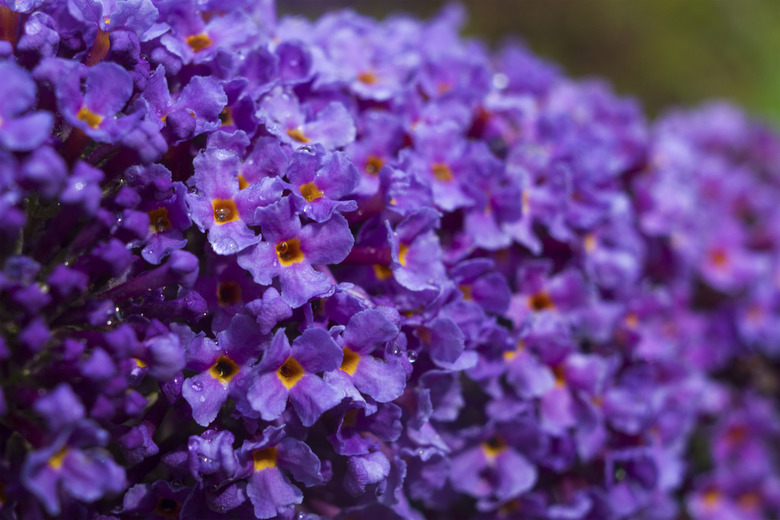Safe Flowers For Children
Flowers add beauty and color to an otherwise dull landscape or backyard, but experienced gardeners know that they are not without their drawbacks. One of these is that some species, while lovely to behold, are toxic when eaten or when their sap comes into contact with the skin or eyes. This is particularly important if their are small children around, since they may unknowingly think of all flowers as being pretty enough to eat. Some plants produce blossoms that are, however, perfectly safe, as well as some that are actually edible.
Safe Annuals
Having very young, curious children doesn't mean that you must sacrifice the pleasures of flower gardening; and you can continue to enjoy the lush beauty that colorful annuals supply. There's a long list of annual flowers that make it possible for children of all ages to safely get into the act. Commonly grown species include nasturtium (Tropaeolum majus), sunflower spp. (Helianthus annuus.), zinnia (Zinnia spp.), sweet alyssum (Alyssum spp.), petunia (Petunia hybrida), marigold (Tagetes), and impatiens (Impatiens spp.), which can also be grown as a perennial in U.S. Department of Agriculture plant hardiness zones 10 and 11.
Safe Perennials
Perennials provide permanent, low-maintenance plantings that provide color often into the fall months. Play it child-safe year-round with species such as astilbe (Astilbe spp.), hardy in USDA zones 3 to 9, Cleome (Cleome hasslerana), hardy in USDA zones 2 to 11, daylily (Hemerocallis spp.), hardy in USDA zones 4 through 9, phlox (Phlox paniculata), hardy from USDA zones 2 to 9 and portulaca (Portulaca spp.), hardy in USDA zones 5 to 11. And not to worry if your adventurous toddler picks up a wayward dandelion flower (Taraxacum officinale), which is hardy in USDA zones 3 to 9. All parts of the plant are completely edible and safe!
Safe Shrubs
Shrubs serve as accent plants or can be grown as a hedge or a property divider. Species safe to grow around small children include butterfly bush (Buddleia davidii), hardy in USDA zones 5 to 10, Mountain Ash (Sorbus aucuparia), hardy in USDA zones 3 to 6, flowering maple (Abutilon spp.), hardy in USDA zones 8 to 10, weigela (Weigela spp.), hardy in USDA zones 5 to 8, viburnum (viburnum (Viburnum spp.), hardy in USDA zones 2 to 9 and rose of Sharon (Hibiscus spp.), hardy in USDA zones 5 to 9.
Unsafe Varieties
Toxic plants and flowers produce symptoms that range from mild stomach upset, mouth and throat irritation to kidney and liver poisoning. Toxicity level is generally based on how much plant material the child consumed or how much sap to which she was exposed. The University of California, Davis states that even plants considered "safe" may cause problems if the child has consumed a large enough amount. While some plants may not be poisonous, they may pose other dangers to young children in the form of thorny stems, sharp-edged leaves, and burr-like seeds. Even if you know that a flower is safe, it's still a good idea to inspect the entire plant to be sure that it poses no other risks to curious children. It's also a good idea to keep the National Poison Control Center Help Line's phone number handy in case your little one wanders off and samples a forbidden flower: 1-800-222-1222.
References
- University of California, Davis: Safe and Poisonous Garden Plants
- Rose Floral and Greenhouse: Poisonois Plants
- Baby Center: Which Houseplants or Outdoor Plants Should We Avoid Having with a Child on the Loose?
- The Old Farmer's Almanac: Impatiens
- The Old Farmer's Almanac: Astilbe
- Missouri Botanical Garden: Cleome hassleriana
- National Gardening Association: All-American Daylilies
- The Old Farmer's Almanac: Phlox
- Floridata: Portulaca grandiflora




